.32 H&R Magnum (Pet Loads)
Handloading for Versatility
feature By: Brian Pearce | October, 18
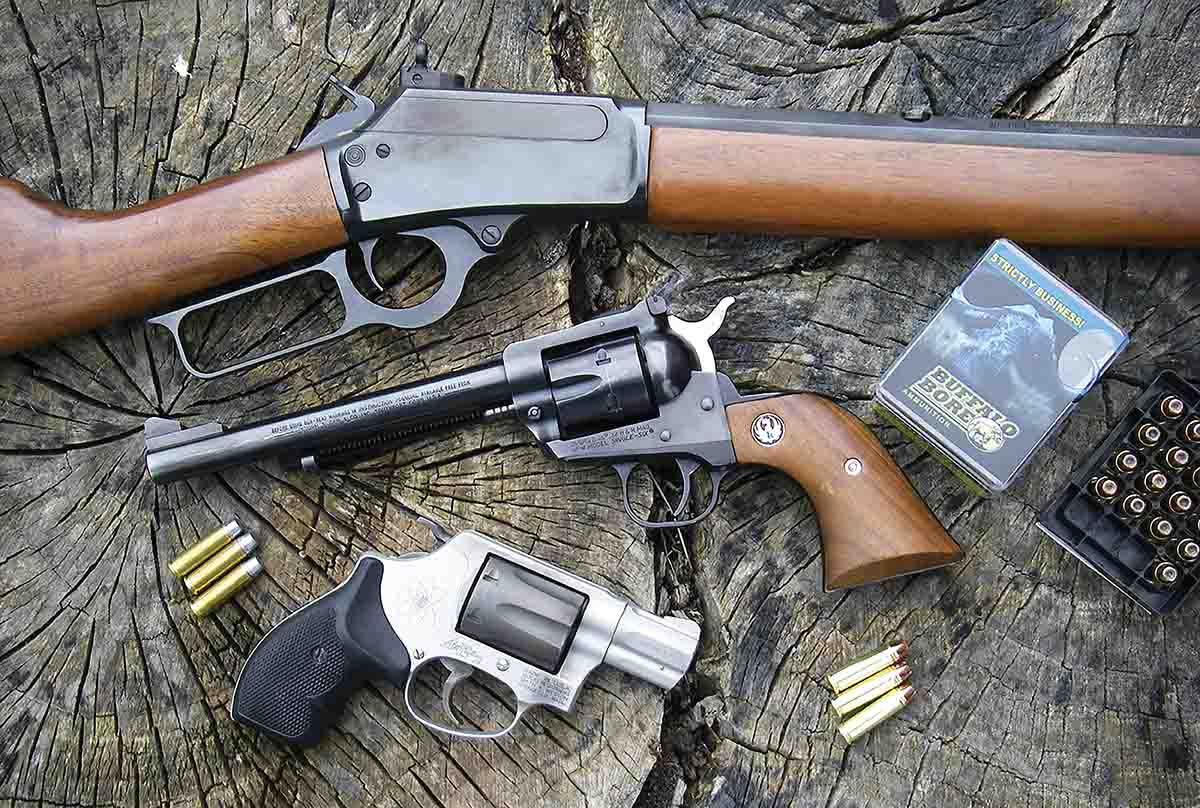
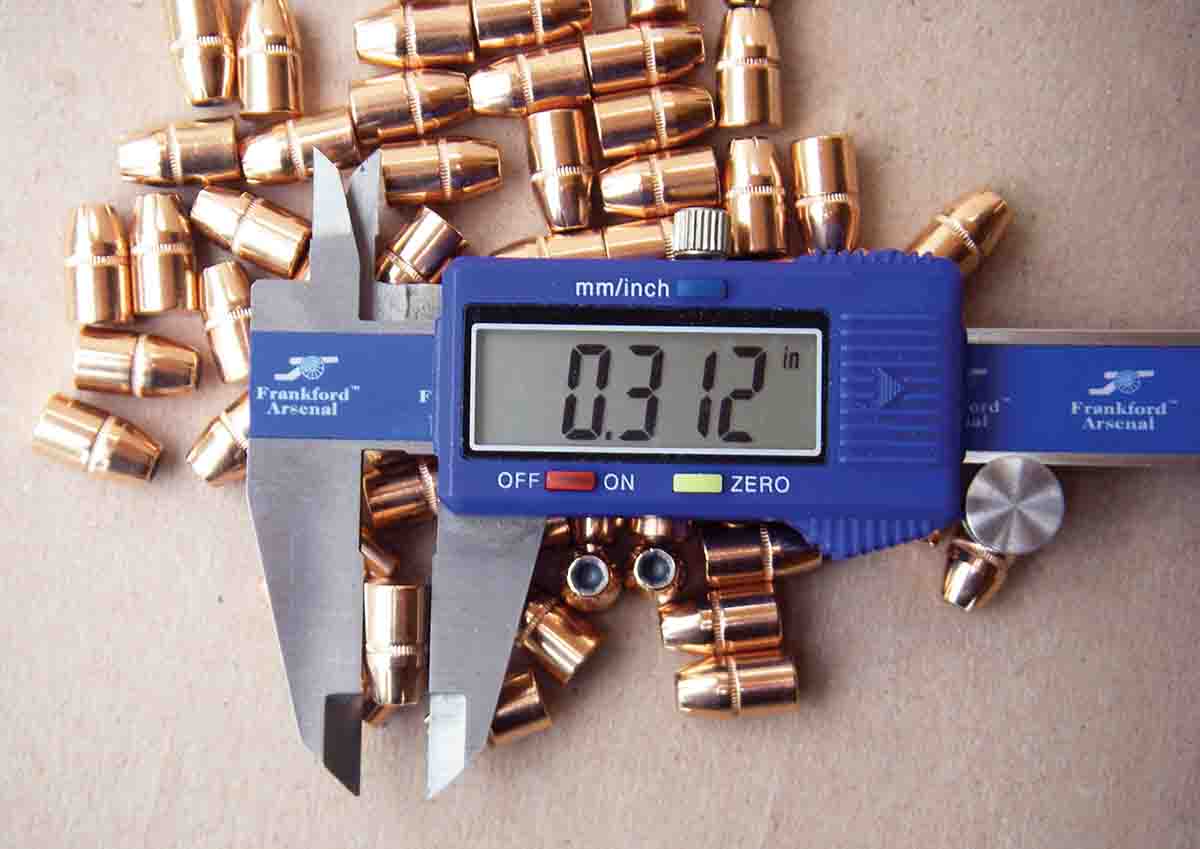
action Models 504, 532 and 586, which were not known for offering great strength, and performance potential of the new magnum was left on the table, so to speak. By late 1985 and early 1986, H&R discontinued production of these revolvers and focused solely on manufacturing single-shot rifles and shotguns. As a result, the revolvers are relatively uncommon. However, it should be noted that from 1988 through 1999, New England Firearms offered the R73 .32 H&R Magnum revolver that had direct lineage to the H&R guns.
In 1984 Ruger began offering its New Model Single-Six .32 H&R Magnum in four barrel lengths and many model options.
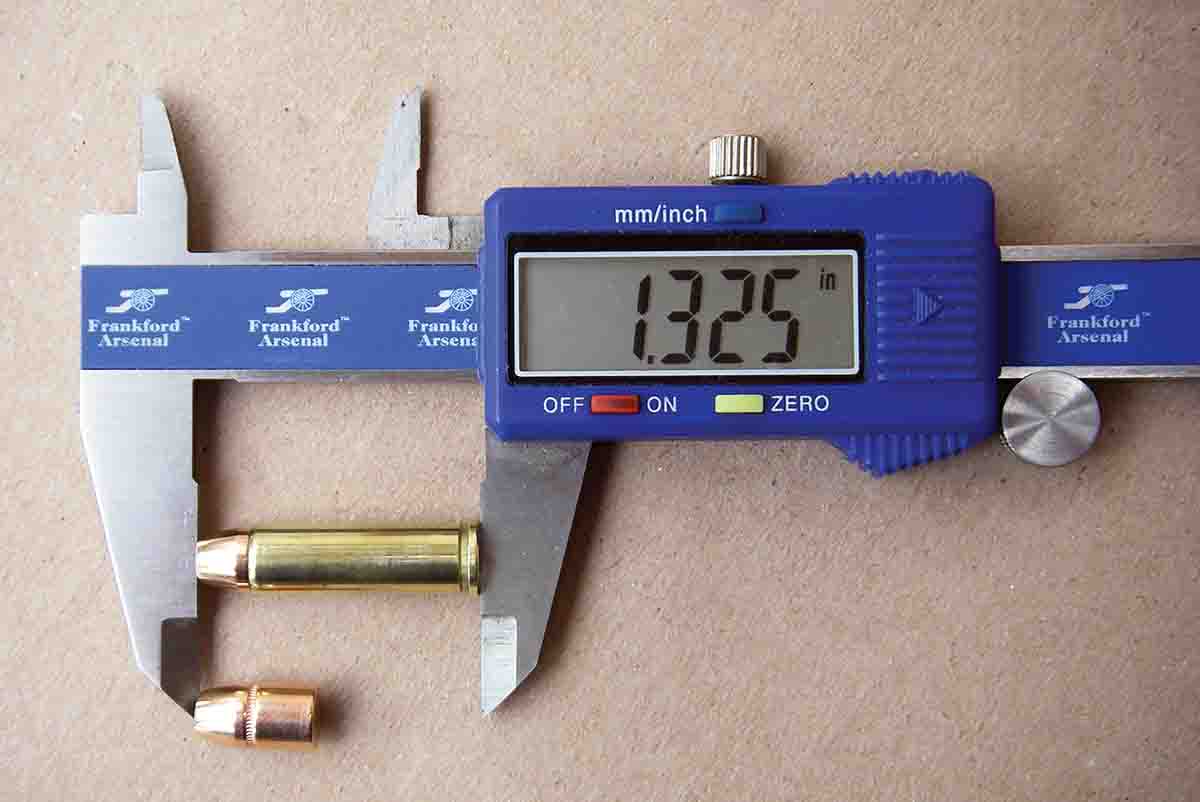
As mentioned, the .32 H&R has a SAAMI maximum average pressure of 21,000 CUP, which has not been updated with piezoelectric (psi) measurements. This pressure level was originally established to assure safe use in H&R guns. As a result, Federal Cartridge, Hornady and Black Hills Ammunition each offer loads that are within this pressure guideline and are suitable for use in all guns.
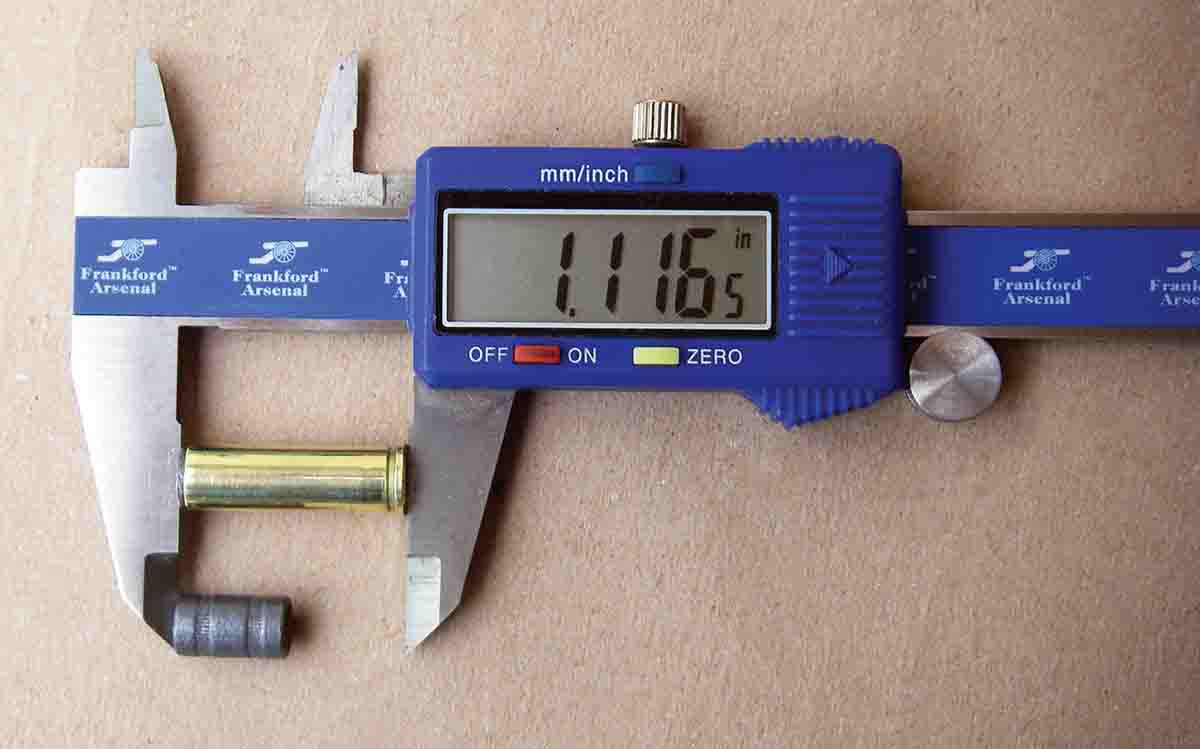
In developing “+P style” loads in a Ruger New Model Single-Six with a 6.5-inch barrel, Hornady 85-grain XTP and Sierra 90-grain JHC bullets can reach 1,350 fps while Speer and Hornady 100- grain jacketed bullets can reach over 1,300 fps with select powders. Switching to various 95- and 100-grain plainbase cast bullets, velocities can easily exceed the above velocities, but their best accuracy is usually recognized at between 800 and 1,200 fps. Rim Rock’s 115-grain RNFP with a gas check easily exceeded 1,300 fps with excellent accuracy. For heavyweight bullet performance,
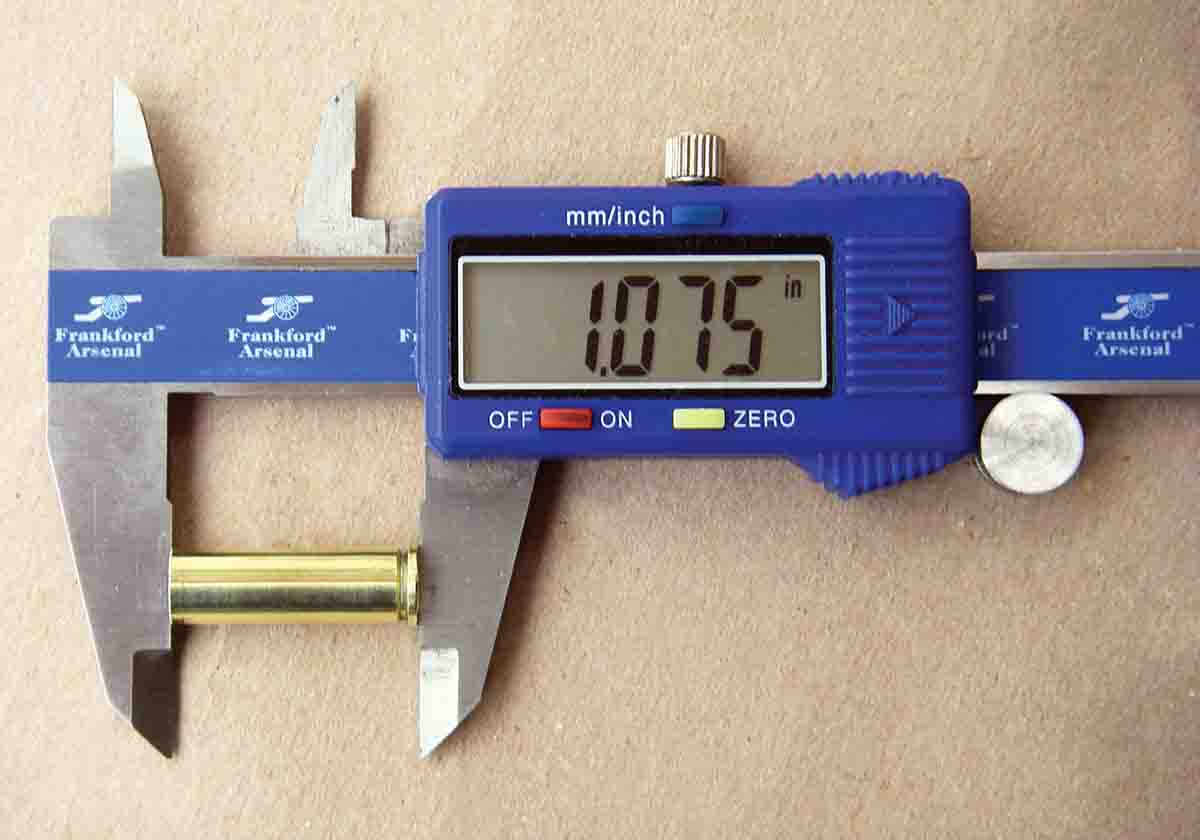
Some people express concerns over using the .32 H&R case for +P loads and cite that the .327 Federal Magnum had to be strengthened to handle increased pressures. It is true that the .327 case featured a thicker web and case walls, and utilized different metallurgical processes with heat-treating for greater strength. However, the .327 is loaded to a maximum average pressure of 45,000 psi while the accompanying .32 H&R +P loads are well below that figure. I have been using select +P loads in multiple revolvers for 34 years and have never experienced a single case failure – other than normal cracking that is associated with cases being reloaded many times.
.jpg)
The accompanying tables include not only standard-pressure (21,000 CUP or less) loads suitable for all guns, but also +P data intended for stronger guns. Those suitable for +P data include the Ruger New Model Single-Six, New Model Blackhawk and SP101, Smith & Wesson Model 16-4, Freedom Arms Model 97, USFA Pre-War SAA, Dan Wesson and the Marlin 1894CB Cowboy.
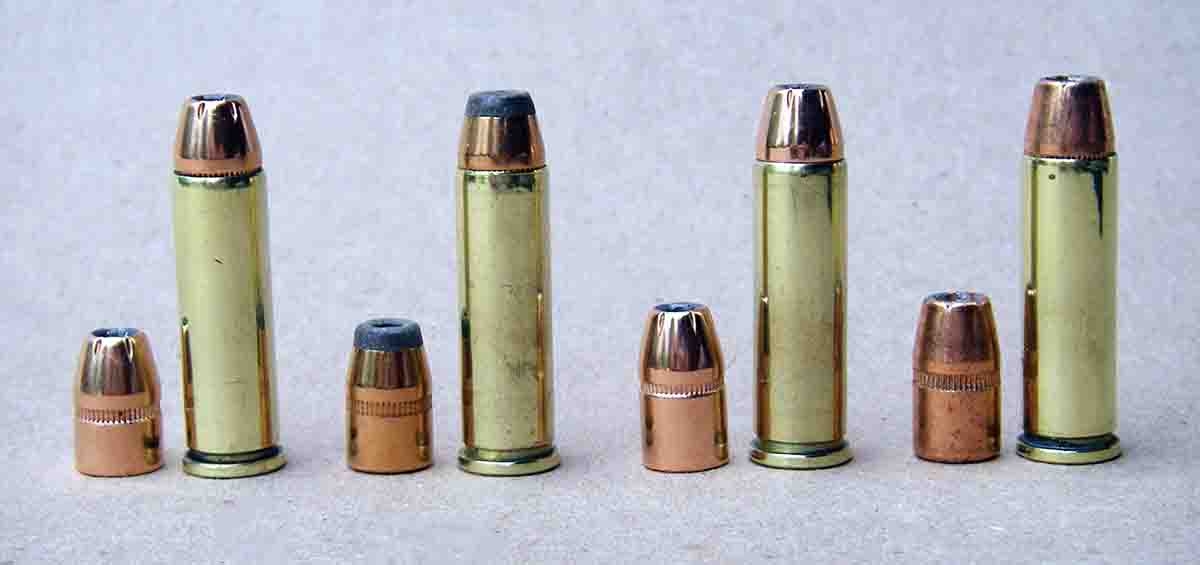
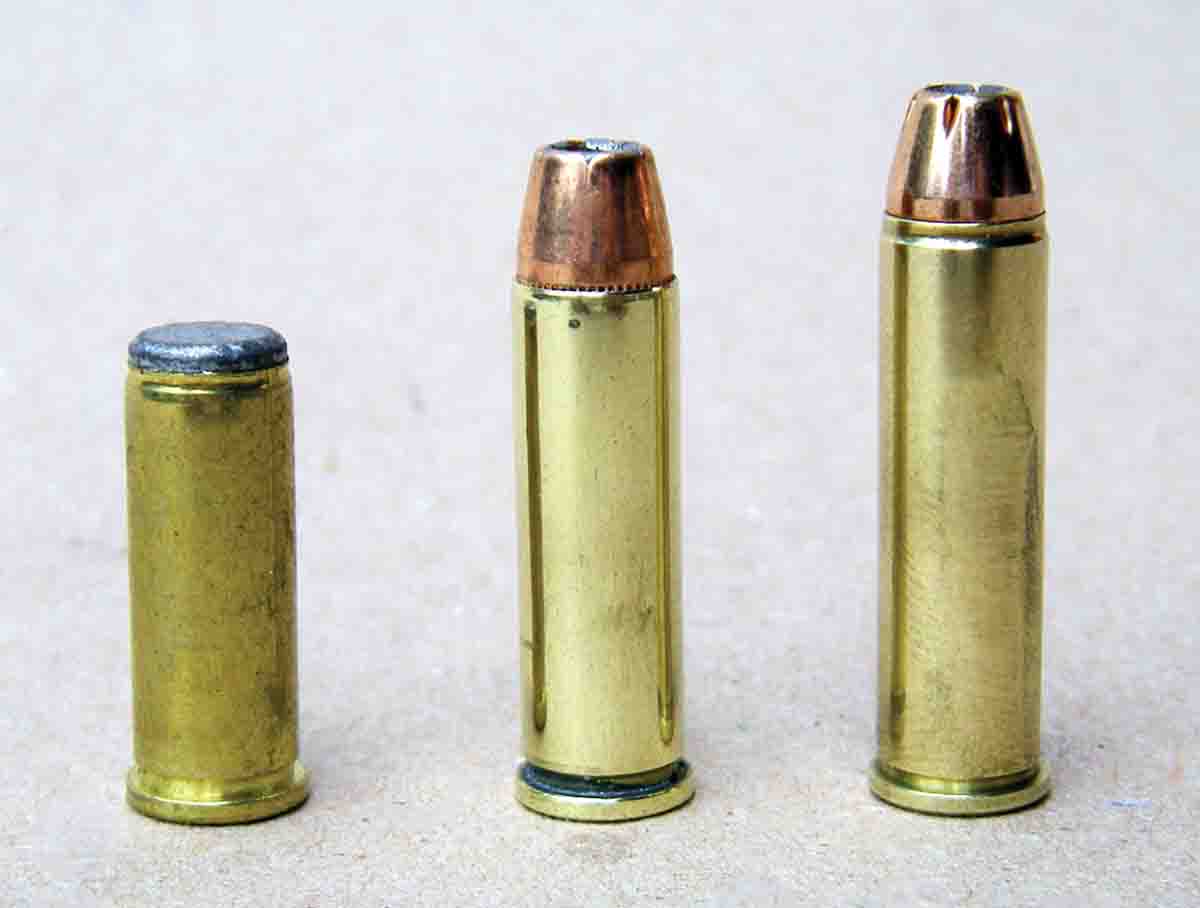
To better understand the test revolvers, consider their internal dimensions. The Ruger New Model Single-Six was manufactured in 1985 and has a groove diameter of .3125 inch and a bore diameter of .3045 inch while the throats measure .313 inch. These slightly “tapered” dimensions (chamber throat to muzzle) have yielded outstanding accuracy with .312-inch jacketed and .313-inch cast bullets. For reference, a second 1985-era Single-Six measured .3125 inch in groove diameter, but the throats measured .311 inch using plug gauges. The second gun is accurate, but with its sub-caliber throats seems to be more load sensitive in regard to accuracy with cast bullets when compared to the first revolver. It not only shows signs of higher pressures with identical loads, but velocity runs 75 to 100 fps slower with jacketed bullets than the above Single-Six, but velocities with cast bullet loads are similar.
A third Single-Six, a current-production Bisley, was checked. The barrel groove diameter measured .313 inch while the throats
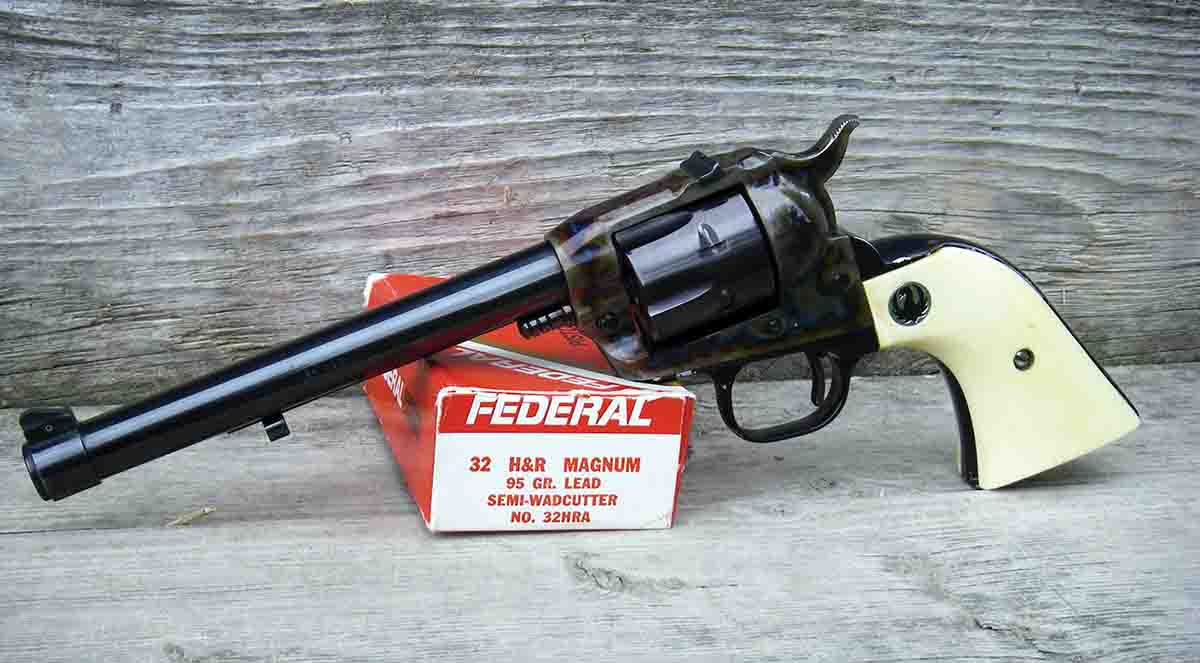
Standard jacketed bullet diameter is .312 inch, which is the same for the .327 Federal Magnum and .32-20 Winchester. Hornady offers 85- and 100-grain XTP bullets known for reliable expansion. The 85-grain version offers controlled expansion at 725 fps to 1,525 fps and is a good choice for short-barrel revolvers. The 100-grain XTP begins reliable expansion at 800 fps and is said to still perform well at 1,750 fps, a velocity that cannot be obtained in a revolver but was obtainable in a Marlin rifle. While this bullet consistently produced roughly one-inch groups at 25 yards from the Single-Six with several powders, when fired from the Marlin rifle at nearly 1,700 fps, three-shot groups hovered around one inch at 100 yards.
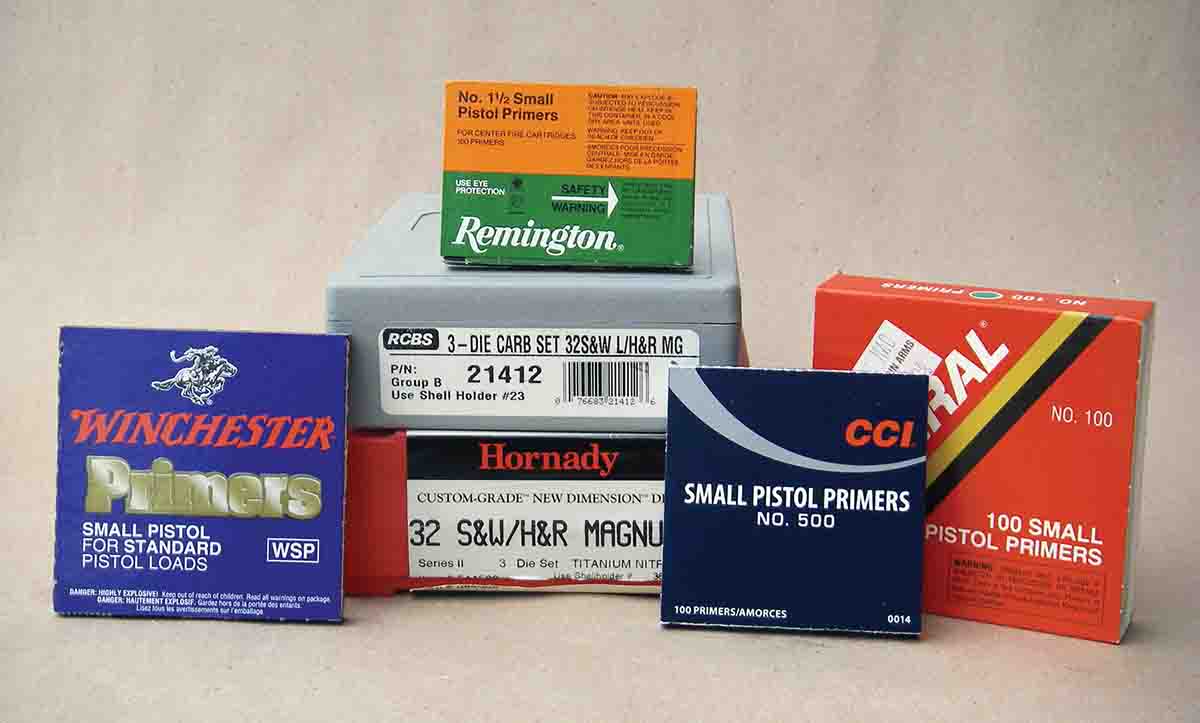
For decades, Speer has offered an 85- and 100-grain JHP and a 115-grain Gold Dot HP (designed specifically for the .327 Federal Magnum). These have always delivered great performance in various guns and calibers but have recently been discontinued. Currently, the only jacketed (actually plated, or bonded) .312-inch bullet offered by Speer is the .327 FED MAG 100-grain Gold Dot HP that gave excellent overall accuracy and reliable expansion. For handloaders who may still have the 100-grain JHP bullets, they can be used with data for the 100-grain Gold Dot HP. The 85-grain JHP can be used with data for the Hornady 85-grain XTP bullet.
Data is included for swaged-lead bullets from Hornady and Speer. Due to their comparatively soft lead content, velocities were kept low to help minimize barrel leading and obtain accuracy. It is noteworthy that Hornady swaged-lead bullets consist of 95 percent lead and 5 percent antimony, which hardens them enough to help control barrel leading. They are also fully knurled to better hold lubricant and prevent further fouling. Nonetheless, velocities should be limited to around 800 to not over 900 fps for best results. Both the Hornady 90-grain HBWC and Speer 98-grain HBWC bullets are good choices for revolvers with .315-inch (or larger) throats because they slug up, or obturate, to achieve a good gas seal and prevent titling in the throat, which aids accuracy. When pushed to around 750 fps, the above full wadcutter bullets produced a number of ragged hole groups.
There are many cast bullets suitable for the .32 H&R; however, the type of desired performance should determine the design chosen. For example, there are commercially cast, bevelbase, flatpoint “cowboy” style and SWC designs. These generally should be held to around 800 to 1,000 fps to prevent barrel leading. For greater velocity, plainbase (or flatbase) bullets will generally allow higher velocities without leading but must be of the correct alloy, usually 13 to 16 BHN, and designed to hold a large amount of high-quality lubricant. For higher velocities, or for guns with bores that are prone to barrel leading, gas check designs should be considered. Generally speaking, plainbase bullets and gas check designs will provide the best accuracy.
The accompanying data includes commercially cast bullets from Rim Rock Bullets, Montana Bullet Works, Matt’s Bullets, Oregon Trail Bullet Co. and Cast Performance. I also hand cast bullets from Redding/SAECO mould No. 325 (96 grains), RCBS mould 32-098-SWC (101 grains) and Lyman mould No. 311008 (115 grains).
There are many additional .32-caliber bullet designs. Many will seat to notably different overall lengths, changing the powder capacity of the .32 H&R. Unless the seating depth and overall cartridge lengths are exactly the same as listed here, bullets of the same weight should not be substituted with this data, or pressures can change significantly. All cast bullets were sized to .313 inch.
SAAMI lists a maximum overall cartridge length of 1.350 inches for the .32 H&R. The nose length of commercial jacketed bullets allows them to seat and crimp within this specification. However, many .32-caliber cast bullets are designed for the .32-20 Winchester and feature a much longer nose. When crimped in their respective crimp grooves in the H&R case, they will exceed industry maximum overall length. In the test revolvers, this was not a problem as the Single-Six will handle cartridges with an overall length of up to 1.456 inches, and the Smith & Wesson 331 will handle up to 1.645 inches. Even loads that exceeded industry lengths functioned reliably in the Marlin 1894CB lever action. A key point to make here is that because these cast bullets seat out to a longer overall length, they also increase powder capacity and permit increased charges. This, combined with the fact that cast bullets travel down the bore with much less resistance than jacketed bullets of comparable weight, results in notably higher velocities.
All cases were full-length sized using a Hornady Titanium Nitride sizer die designed to fully remove the bulge just forward of the case head to allow rechambering in guns with minimum chamber dimensions. Neck expansion was accomplished using an RCBS .308-inch expander ball modified to my own design. All bullets were roll crimped with as much crimp as each bullet design allows. For example, jacketed bullets with a crimp cannelure were seated until the case mouth was within .004 to .010 inch of the top of the cannelure, then crimped firmly. Care was taken to be certain that the bullet was not damaged or deformed. Cast bullets were crimped as much as the crimp groove would permit without damaging the bullet. Swaged-lead bullets from Speer and Hornady were only lightly crimped directly into the bullets’ shanks (as there is no cannelure or crimp groove) using a Lee Precision Factory Crimp Die. They were first seated to the correct overall length, then crimped as a separate step. When seating bullets, overall cartridge length should be duplicated as listed, or pressures can change.
Maximum powder charges in the .32 H&R are relatively small. As a result, standard small pistol primers provide reliable ignition with all powders. They also produce the lowest extreme spreads and offer the greatest accuracy. While CCI 500 primers were used to develop the accompanying data, Federal 100, Remington 1½ and Winchester Small Pistol primers can be substituted with relatively small changes in pressures and velocities.
For light target loads, Hodgdon Titegroup, Accurate No. 2, Winchester 231 and Alliant Red Dot are top performers. Best powders for duplicating factory load performance include Alliant Power Pistol, Unique, Accurate No. 5, Ramshot True Blue, Hodgdon CFE Pistol and Longshot. For “+P style” loads, True Blue, Hodgdon Longshot, H-110, Accurate No. 5, No. 7, No. 9 and Alliant 2400 are excellent.
The .32 H&R Magnum is a far more versatile cartridge than the .32 S&W Long, and it offers accuracy advantages and lower muzzle report compared to the .327 Federal Magnum. Nonetheless, handloading is required to take full advantage of this cartridge.


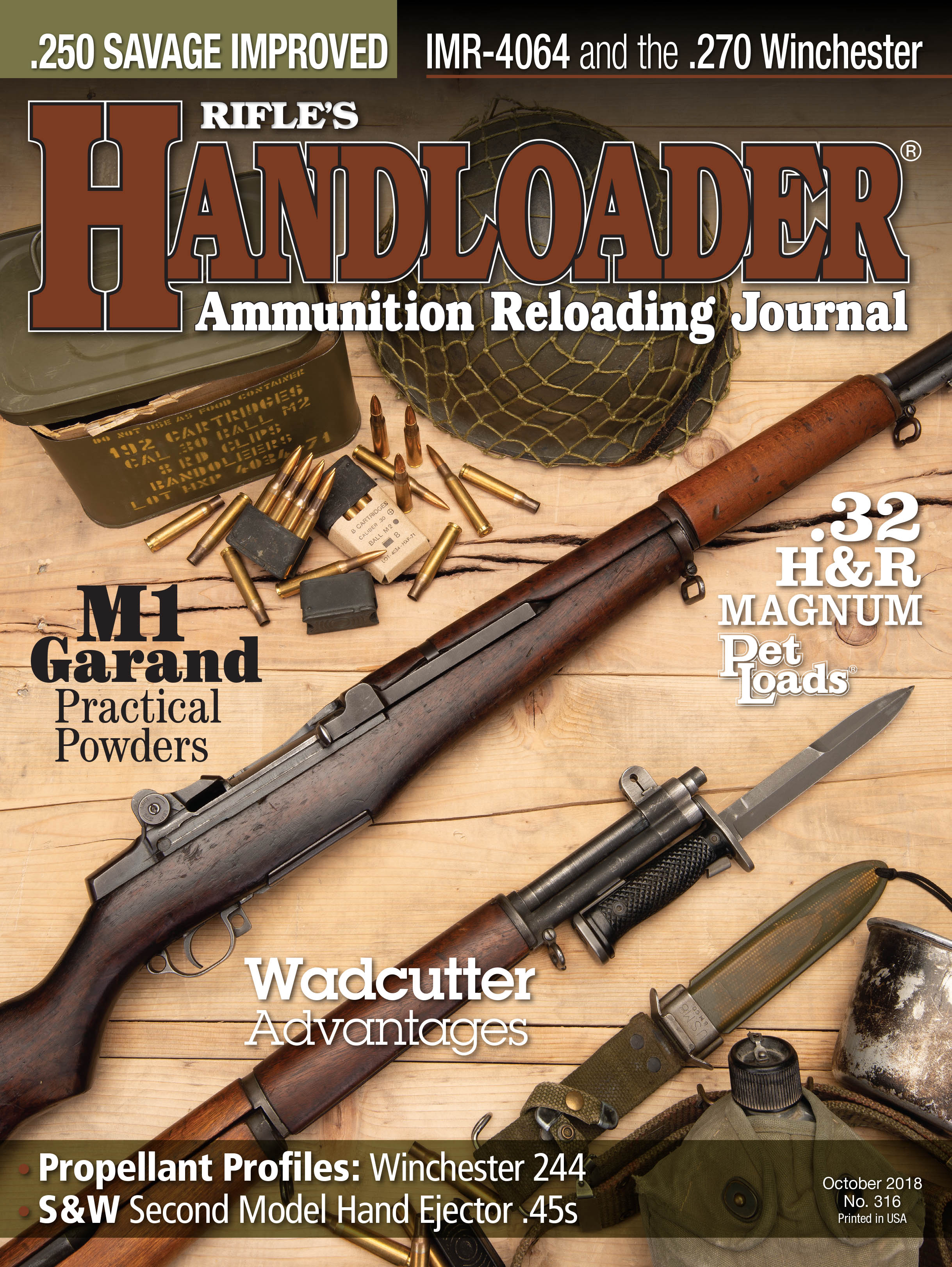
 - TABLE 1.jpg)
 - TABLE 2.jpg)
 - TABLE 3.jpg)
 - TABLE 4.jpg)
 - TABLE 5.jpg)